Geography Flash Cards
Here's a really quick way of testing if you've learned the meanings of the key words in this section.
Look at the key word on the card and see if you can remember its definition.
If you get stuck, you can be shown the mnemonic to reveal an image that should help you remember.
To check if you're right, or remind you if you've forgotten, press the card to flip it.
Go through the whole list to see how many definitions you can recall.
Revisit any that you had difficulty remembering until you're confident you can
recall all of them.
Explain each part
Analyse
Analyse – Explain each part

And here are a set of lies (analyse): Please explain each one.
Explain advantages and disadvantages
Assess
Assess – Explain advantages and disadvantages
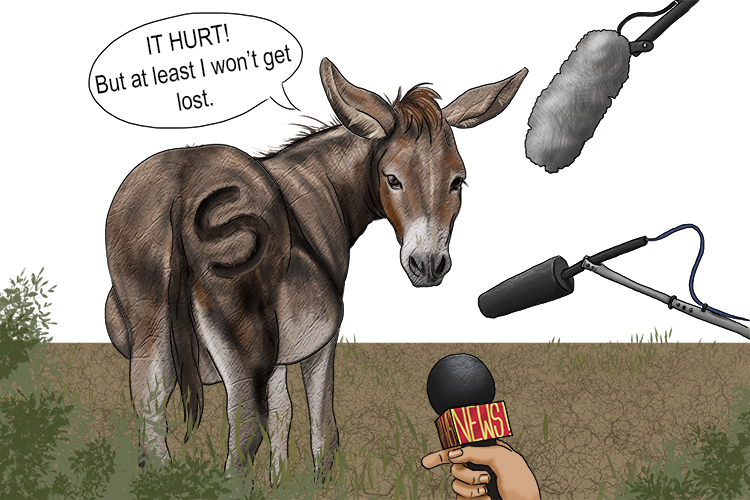
The ass had an 'S' (assess) branded on its backside. "Explain to me, Mrs Ass, what the advantages and disadvantages of that 's' are."
Identify similarities and differences
Compare
Compare – Identify similarities and differences

Come pair (compare) two pictures that have similarities and discard all those with too many differences. This will allow you to put the correct owner and dog together.
Identify differences
Contrast
Contrast – Identify differences
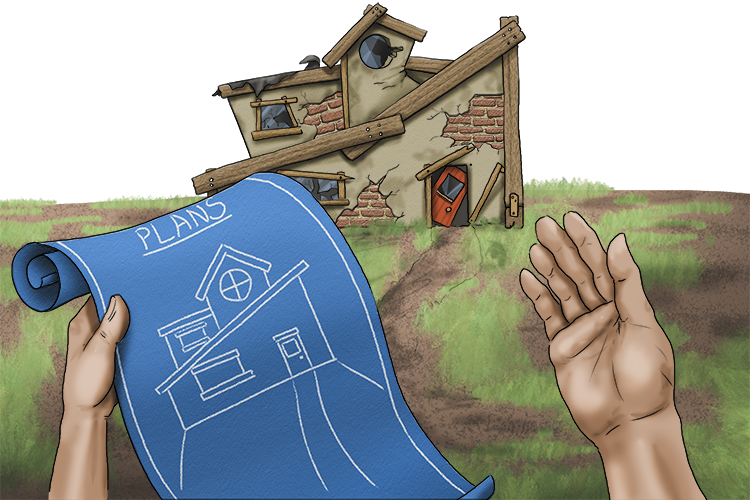
The contract didn't last (contrast). He was asked to build something similar to the plans, but you can easily identify the differences.
Explain weaknesses and strengths
Criticise
Criticise – Explain weaknesses and strengths

The critter's eyes (criticise) were odd - one was bigger than the other. "Now junior vet, please explain why one eye is weak and the other strong".
Simply say what you see
Describe
Describe – Simply say what you see
Note: If you are not there, simply say what you would see if you were there or how it works.
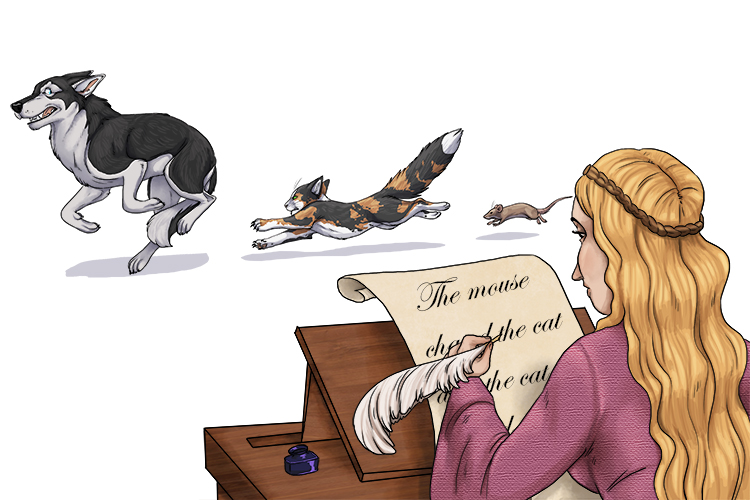
The scribe (describe) wrote down what she could see was happening.
Give advantages, disadvantages and form a conclusion
Discuss
Discuss – Give advantages, disadvantages and form a conclusion
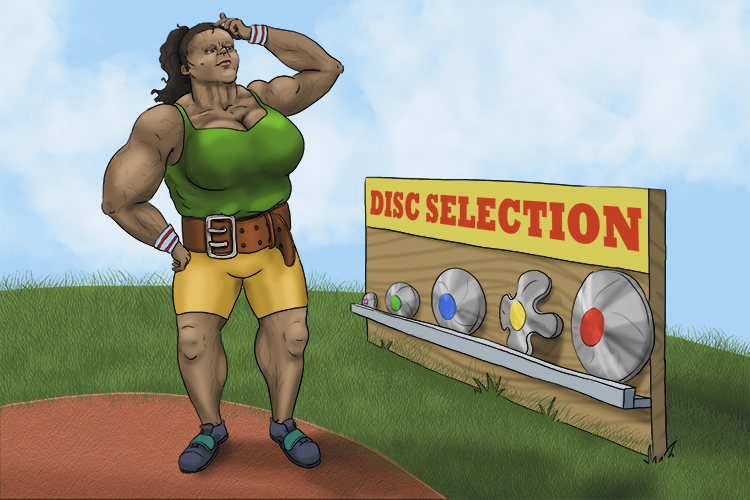
In the discus (discuss), she could choose a disc of any shape or size. She had to work out the advantages and disadvantages of each disc and finally conclude by choosing one.
Describe difference
Distinguish
Distinguish – Describe difference

Here are two pictures of a distinguished fellow, but can you spot and describe the differences? See the different coloured trousers, see the smoke not coming out of the cigarette, see the blue band on the hat.
Give the advantages and disadvantages
Evaluate
Evaluate – Give the advantages and disadvantages
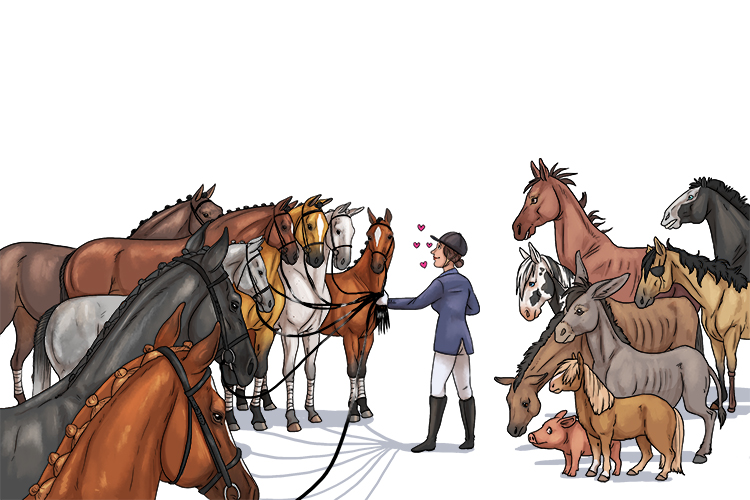
She valued eight (evaluate) of them very highly: they had all the advantages she needed. The other eight she didn't want. They had all the disadvantages.
Give reasons
Explain
Explain – Give reasons
Note: It helps if you can use the word "because" where you can.
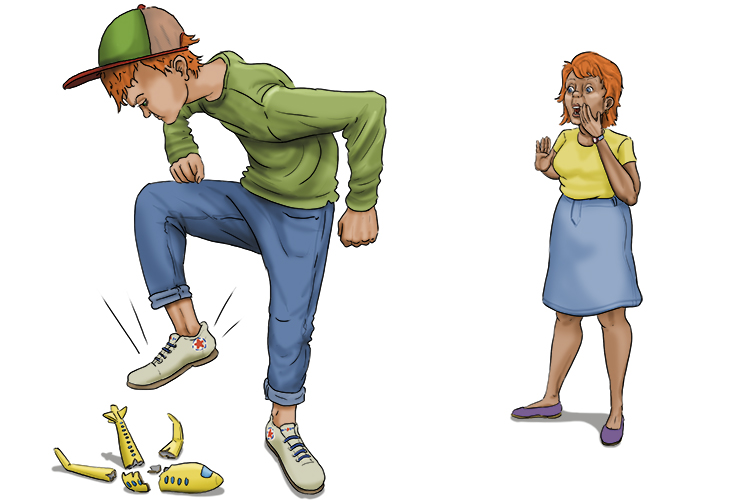
It's now an ex-plane (explain). "Johnny, why did you stamp on that plane? Give me your reasons!"
Give examples
Illustrate
Illustrate – Give examples
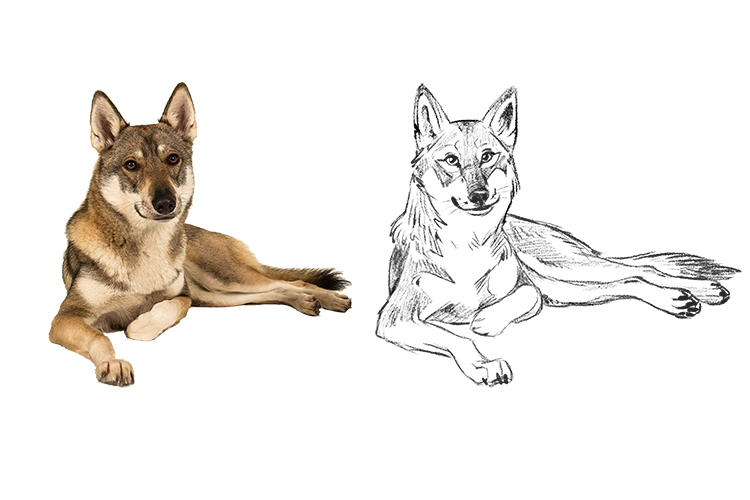
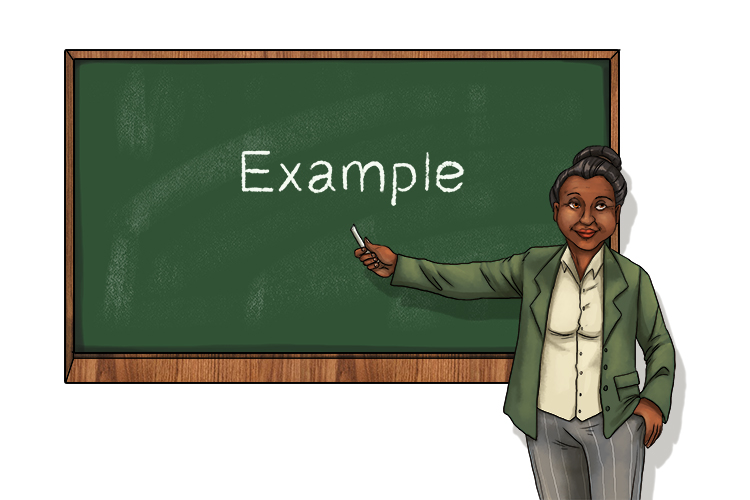
Do you want some illustrations? (Illustrate). Here we give you some examples.
Note: "illustrate" might be used in one of two contexts - i.e. illustrate how something happened or how something works in writing; or draw a diagram or representation to explain something. In some cases maybe both approaches are required. The way the question is phrased by the exam board should make clear what is required.
Give evidence to support answer
Justify
Justify – Give evidence to support answer
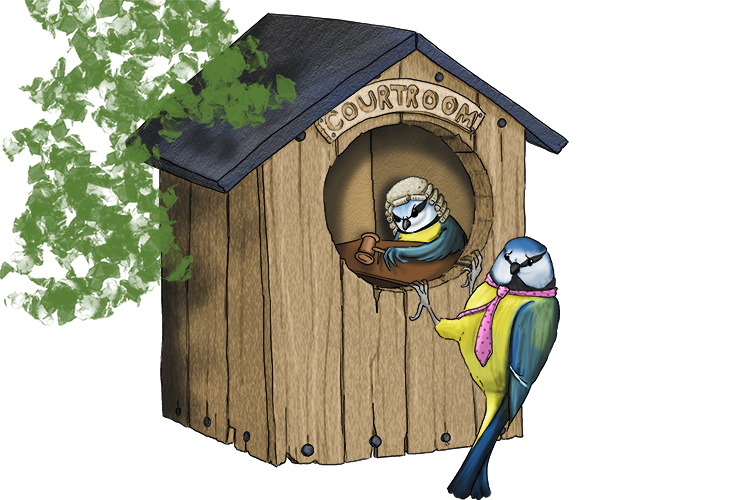
You're just in time to fly (justify) into the courtroom to give evidence and answer questions to support your friend.
What it is about, briefly
Outline
Outline – What it is about, briefly
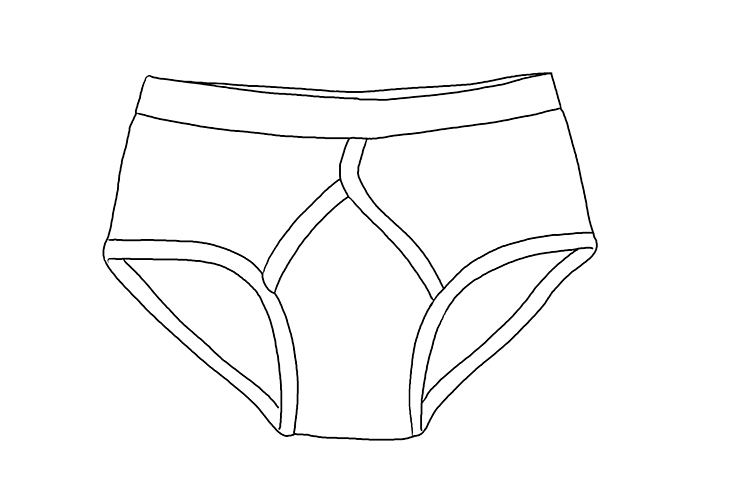
This is an outline (outline) drawing. What is it about? A pair of briefs.
Recall a fact or facts
State
State – Recall a fact or facts

If I said the words "Empire State building", could you recall an interesting fact about it? It's upper tower was originally designed as a mooring mast for airships.
Present a possible case
Suggest
Suggest – Present a possible case
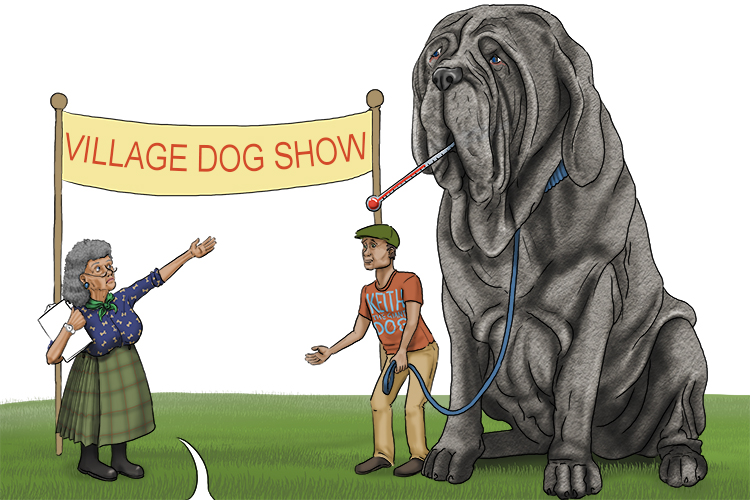
"I suggest you don't present him because he has a possible case of flu."
Main Point
Summarise
Summarise – Main Point
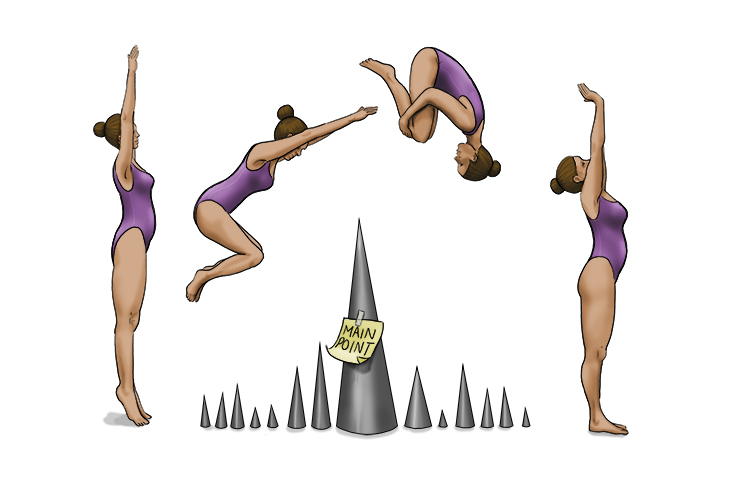
Somersault and rise (summarise) above the main point.
Judge the effect (result) of something
To What Extent
To What Extent – Judge the effect (result) of something

It was in the extension of the tent (extent) that the judges decided the results of the town's pet competition.
High-Income Country
HIC
HIC – High-Income Country
High-income countries are those that have an average income per person above a figure that is worked out each year by the World Bank. For instance, in 2013 the high-income figure was 12,746 US dollars (or equivalent).
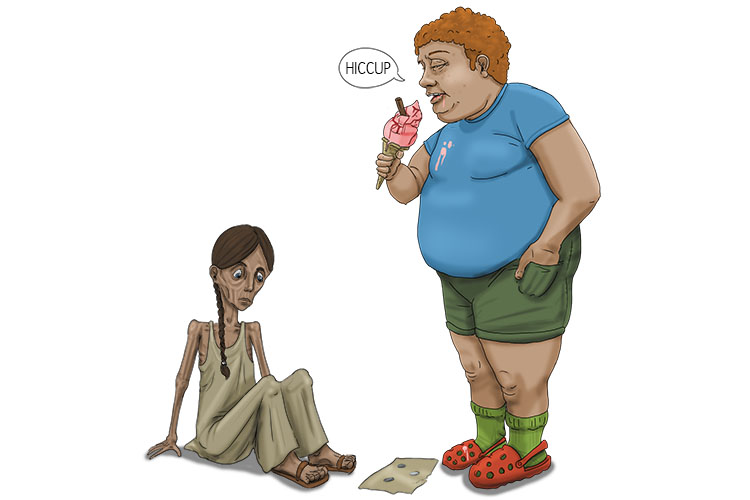
He had hiccups (HIC) after stuffing his face with ice cream. He could afford to, being from such a high-income country.
NOTE:
Refer to Mammoth Memory remembering numbers before trying to understand the following:
How to remember 12,746 dollars is the amount high-income countries were based on in 2013:
Try to imagine that after the high-income person finished his ice cream, he went home in a tank.
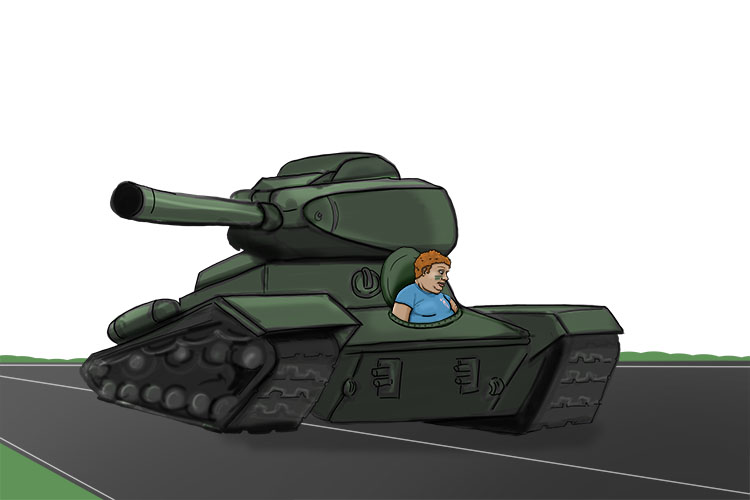
And in Mammoth Memory's numbers system:
TANK = 127
Then imagine it was rush hour and the tank got caught in a traffic jam.
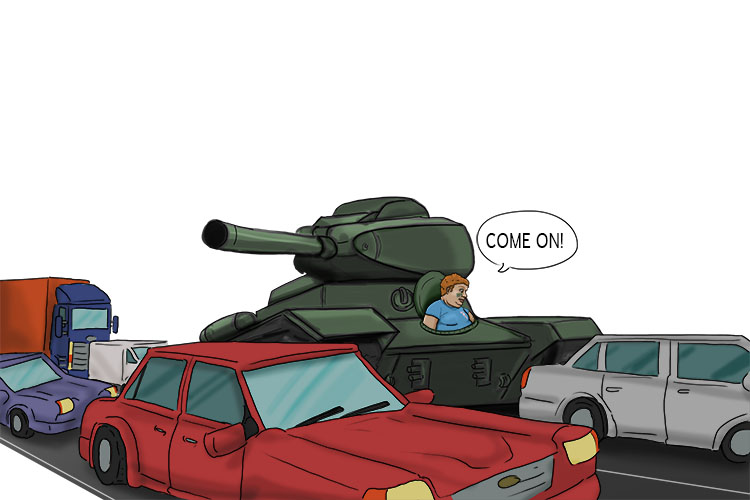
In the Mammoth Memory number system:
RUSH = 46
When used together:
TANK RUSH = 12746
PLEASE NOTE: This figure is updated every year by the World Bank. As you get closer to your exam you might want to update the figures you will use. We chose 2013 as an example, to show you how easy it can be to remember specific numbers.
Low-Income Country
LIC
LIC – Low-Income Country
Low-income countries are those that have an average income per person below a figure that is worked out each year by the World Bank. For instance, in 2013 the low-income figure was 1,045 US dollars (or equivalent).
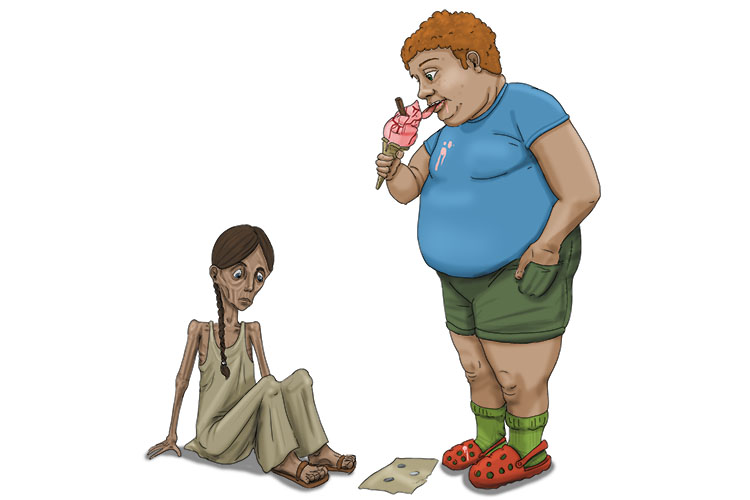
She couldn't afford one lick (LIC) of ice cream because she was from such a low-income country.
NOTE:
Refer to Mammoth Memory remembering numbers before trying to understand the following:
How to remember 1045 dollars is the amount low-income countries are based on in 2013:
Try to imagine that the ice cream from the previous picture dropped on the low-income person's toes.
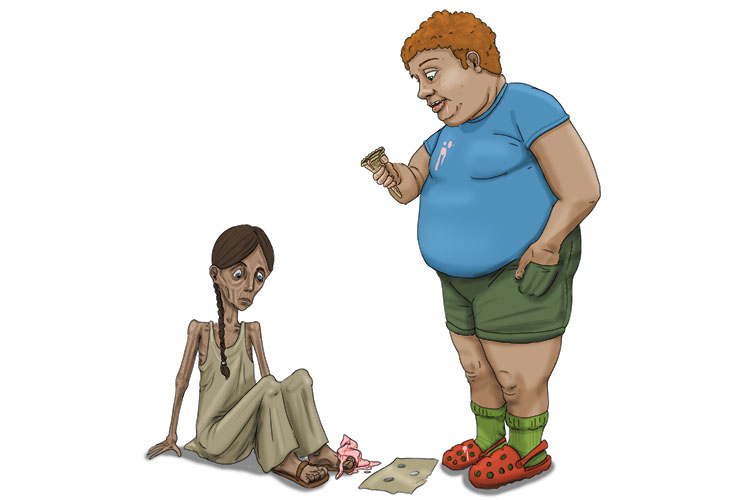
And in Mammoth Memory's number system:
TOES = 10
Then imagine toilet roll was used to clean the ice cream off her toes.
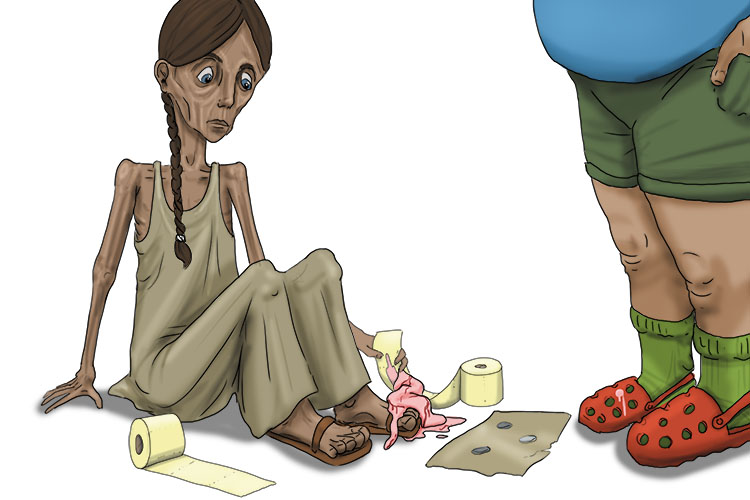
In the Mammoth Memory number system:
ROLL = 45
When used together:
TOES ROLL = 1045
PLEASE NOTE: This figure is updated every year by the World Bank. As you get closer to your exam you might want to update the figures you will use. We chose 2013 as an example, to show you how easy it can be to remember specific numbers.
Newly Emerging Economy
NEE
NEE – Newly Emerging Economy
A country that has begun to experience higher rates of economic development, usually with higher levels of industrialisation. An NEE differs from an LIC in that it no longer relies primarily on agriculture, has made gains in infrastructure and industrialised growth, and is experiencing increasing incomes and high levels of investment. Examples include Brazil, Russia, China and South Africa.

She got down on her knees (NEEs), lifted the hatch and a newly emerging economy shot out.
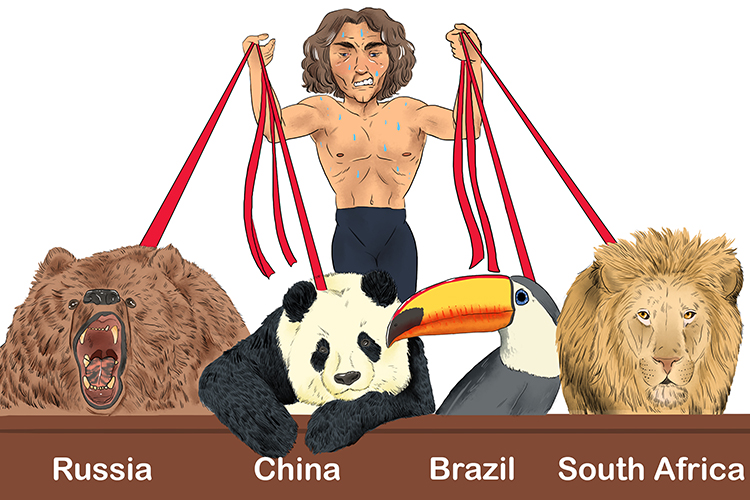
Russia, China, Brazil and South Africa all emerged from below.






























